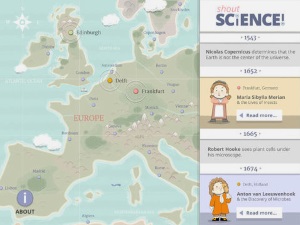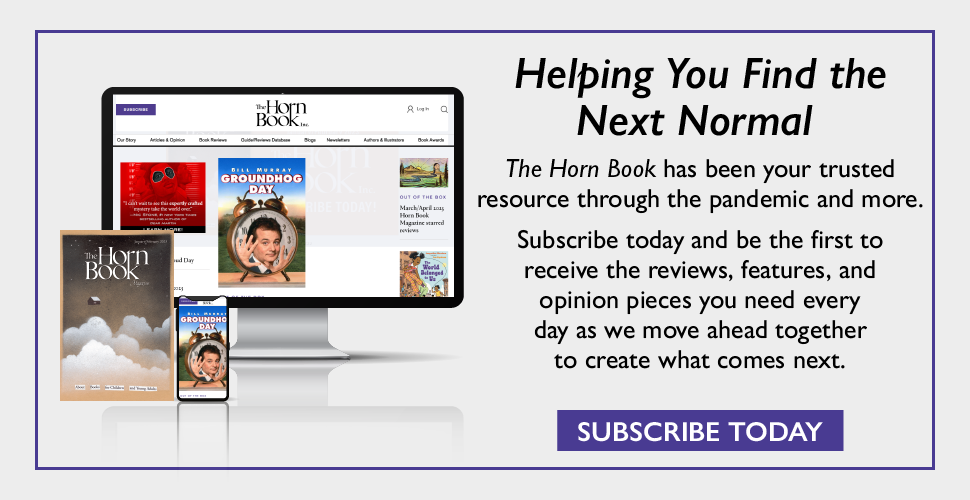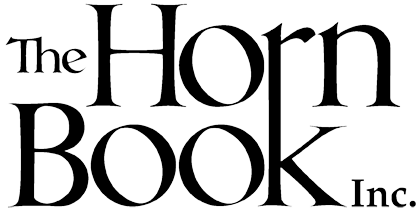
Find more great Horn Book content at these links:
Recommended books: reviews and themed booklists
App and e-book reviews
Movie reviews
Event news and recaps
Events calendar
Shout Science! app review
Shout Science! (Scott Dubois, 2013) is a comic-style nonfiction app that tells three stories of figures from the European Scientific Revolution.
 Shout Science! (Scott Dubois, 2013) is a comic-style nonfiction app that tells three stories of figures from the European Scientific Revolution.
Shout Science! (Scott Dubois, 2013) is a comic-style nonfiction app that tells three stories of figures from the European Scientific Revolution.The first biography follows Maria Sybilla Merian (1647-1717), a watercolor painter and insect collector in Frankfurt, Germany. Merian observed the life cycle of butterflies, including metamorphosis, and documented it in two books she wrote and illustrated (1679 and 1705). She traveled to Suriname to study indigenous insects and collect specimens there — the first woman to embark upon a scientific research expedition.
The second subject is Anton van Leeuwenhoek (1632-1723) who, in 1674 in Delft, Holland, developed the first microscope strong enough to see microbes. Others balked at van Leeuwenhoek's claim of tiny "animalcules" present in water, saliva, and other fluids, but after he published his methods, a scientist named Robert Hooke was able to reproduce van Leeuwenhoek's results and thus corroborate his findings.

The final scientist profiled here is James Hutton (1726-1797), now known as the "Father of Modern Geology." Hutton observed fossils of marine life in the stones near his home in Edinburgh, Scotland. After further research, in 1788 he published his theory that the earth is millions of years old (at the time the earth's age was believed to be approximately 6000 years). He also developed theories about the earth's internal structure and the formation and erosion of rock.
All three scientists faced ridicule and even ostracism from their colleagues, but their theories — and the evidence proving them — were eventually accepted by the scientific community.
The comic format gives the app a friendly feel: the engaging stories are illustrated with rounded, cheery art and punctuated with humorous (usually purposely anachronistic) asides and sound effects. The is no overall narration, but users can tap an icon to hear the scientists' names pronounced and to hear brief excerpts of their writing read aloud. Each bio is accompanied by a "more info" section, which includes a portrait, a more detailed timeline, a list of important people and places in the scientist's life, definitions of key concepts of the discovery, and a bibliography. Intuitive navigation allows the biographies to be accessed either from a timeline (where they are included with other significant scientific achievements of the era) or from a map of Europe.
Available for iPad (requires iOS 6.1 or later); free. Recommended for primary and intermediate users.

RELATED
RECOMMENDED
ALREADY A SUBSCRIBER? LOG IN
We are currently offering this content for free. Sign up now to activate your personal profile, where you can save articles for future viewing.







Add Comment :-
Be the first reader to comment.
Comment Policy: